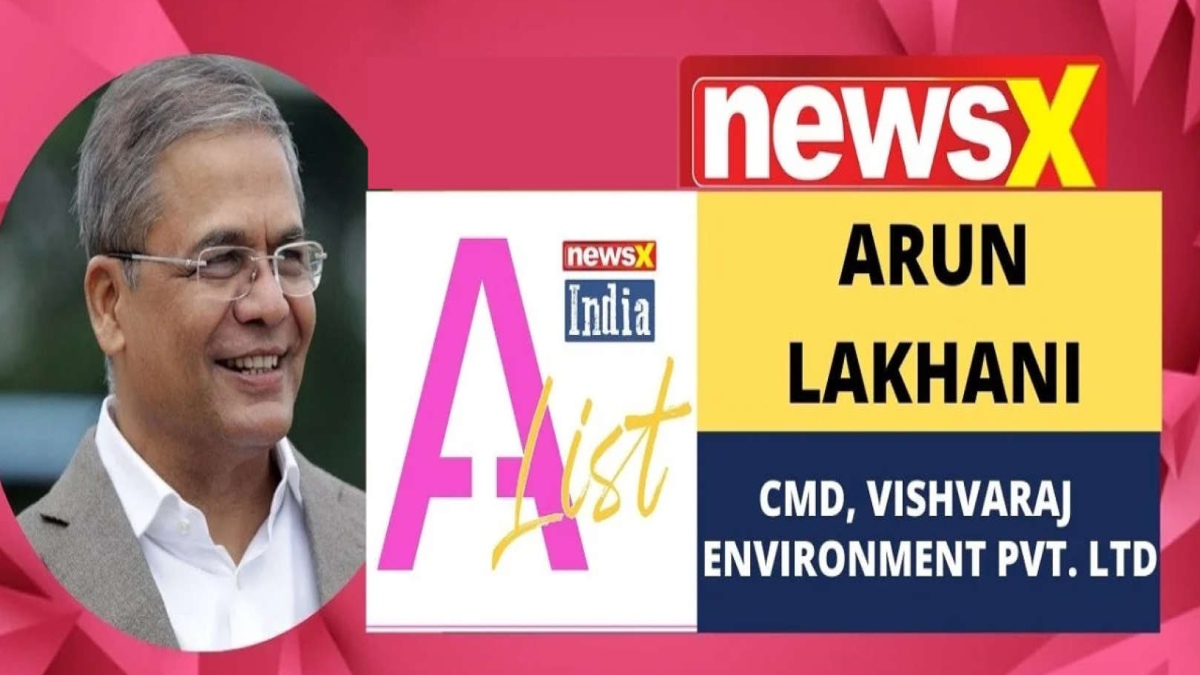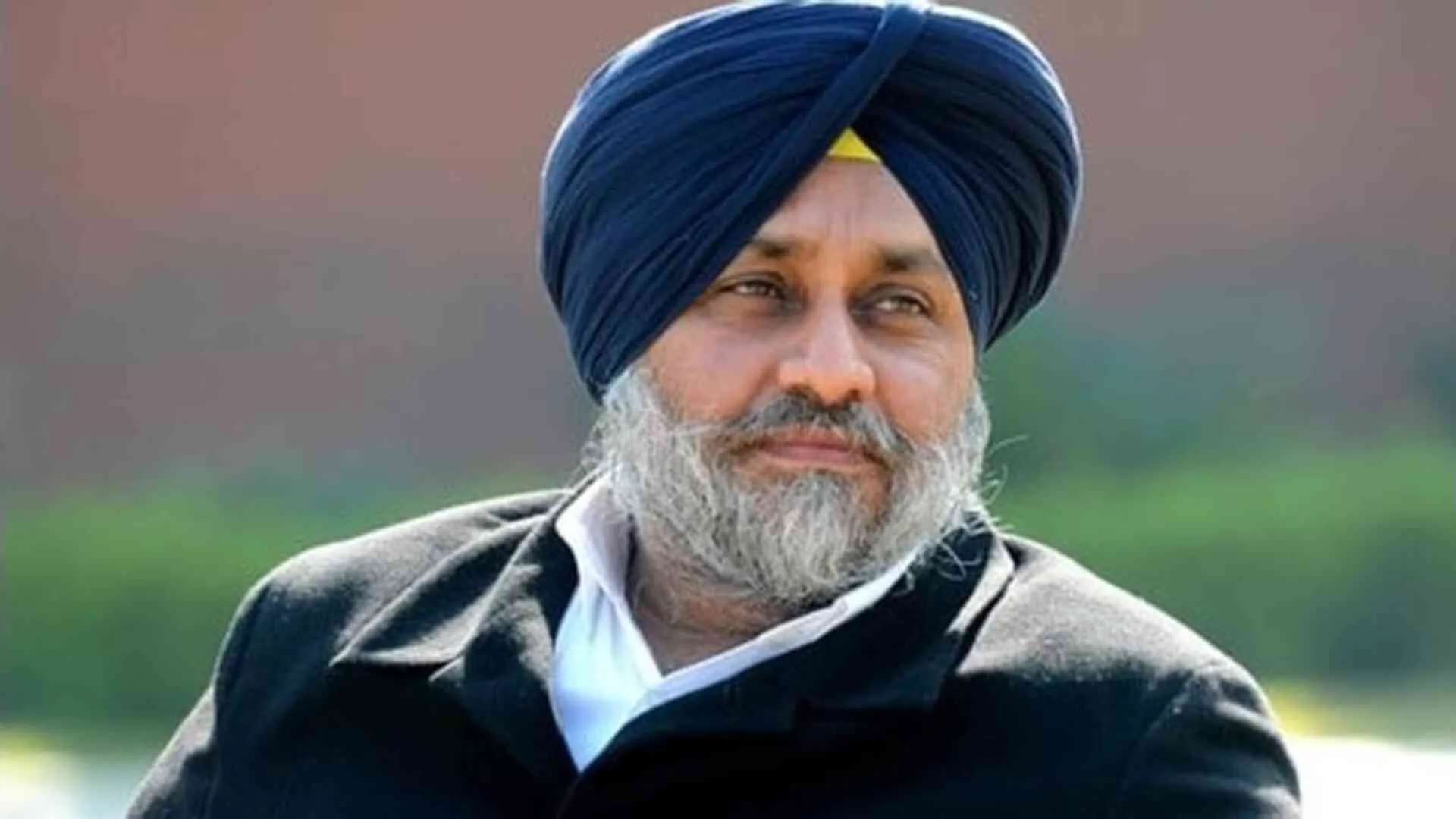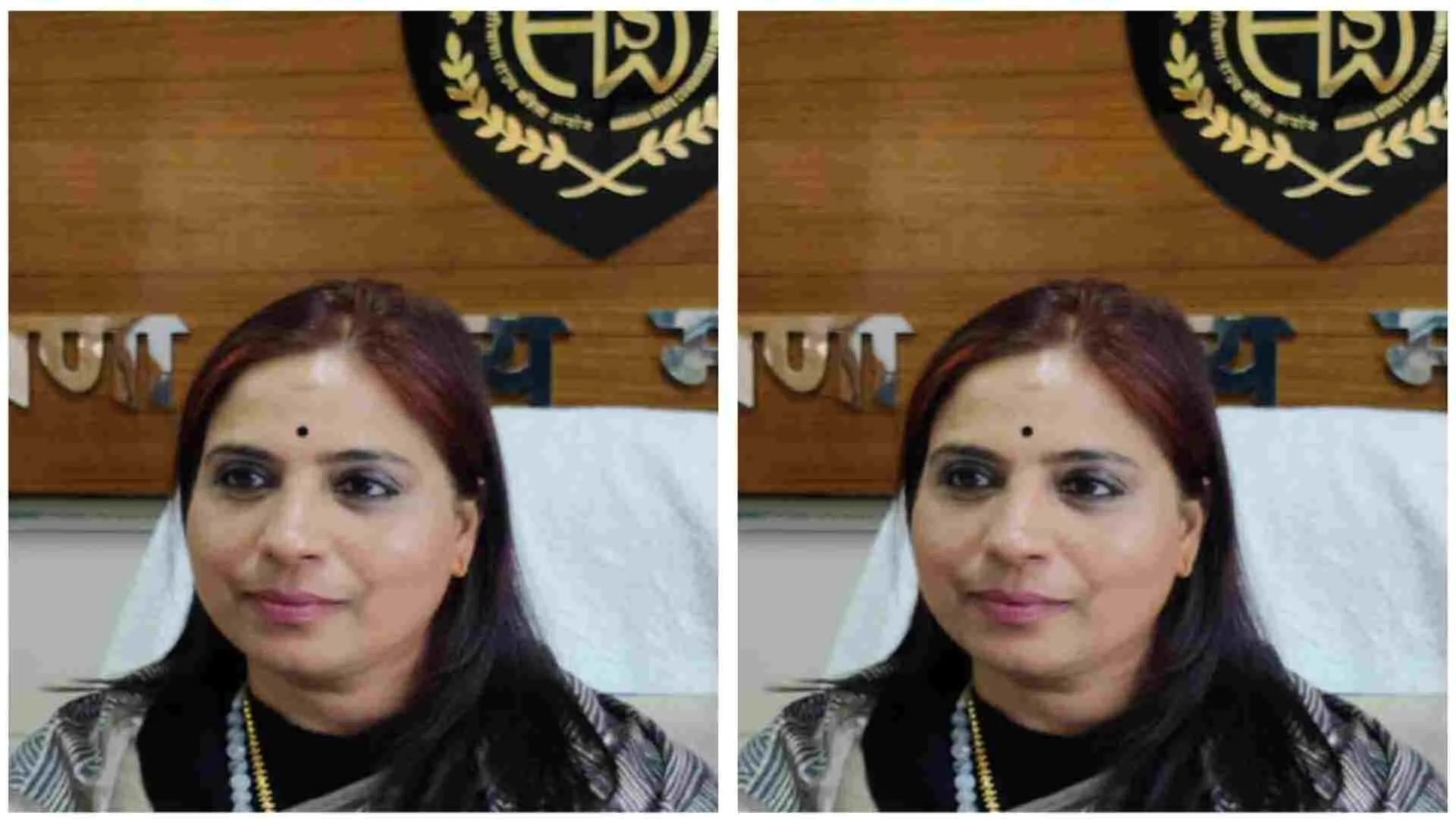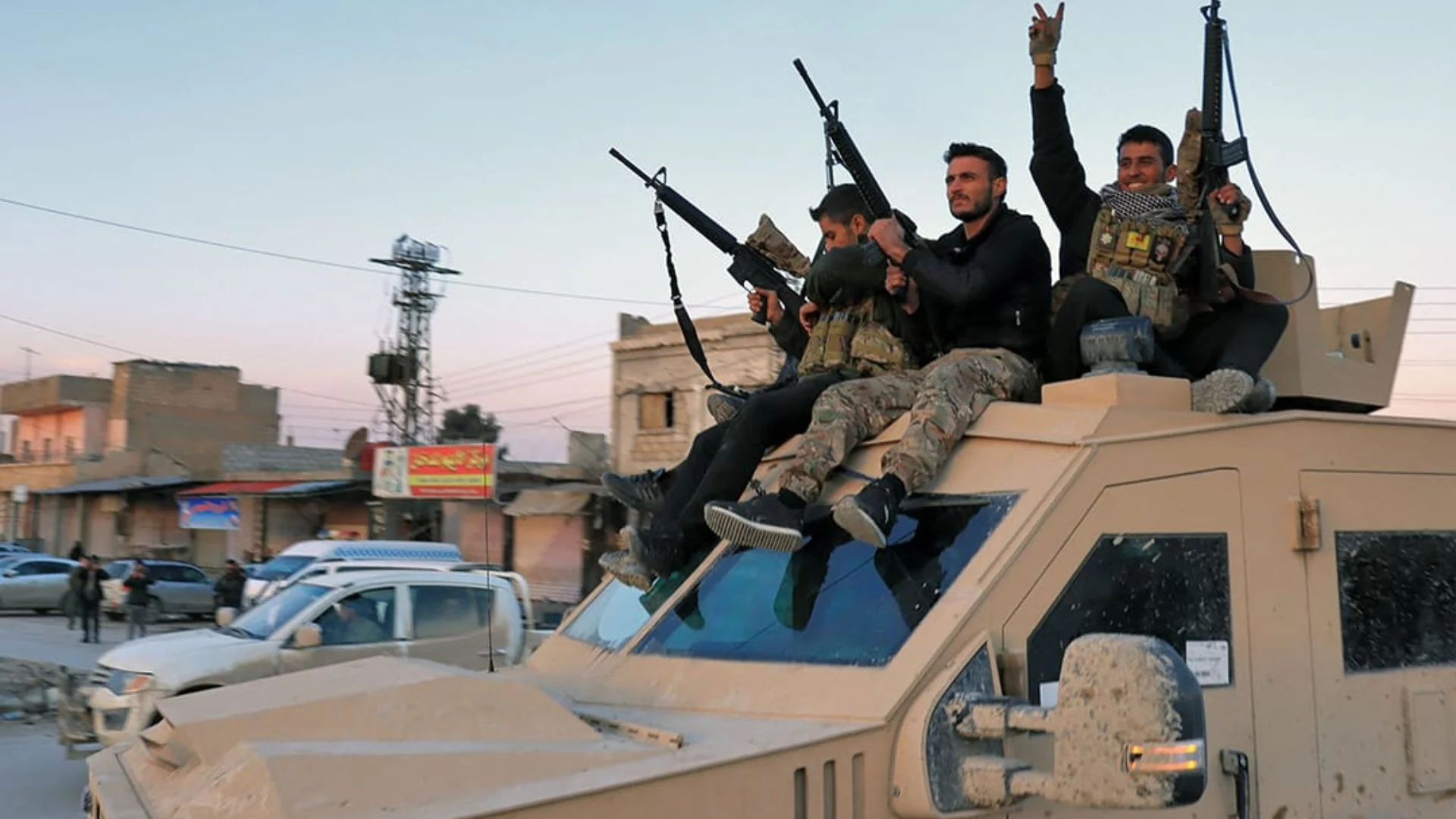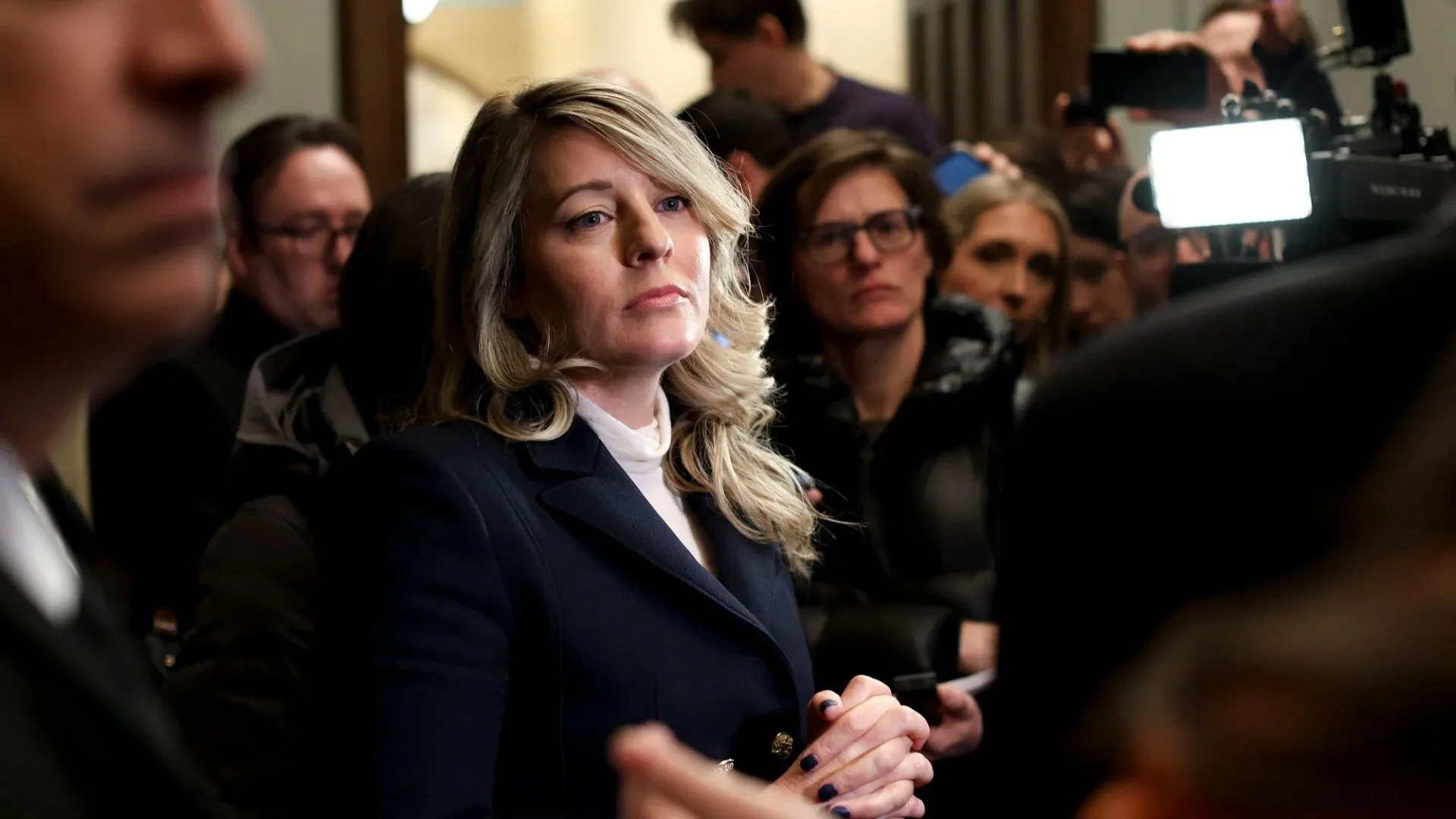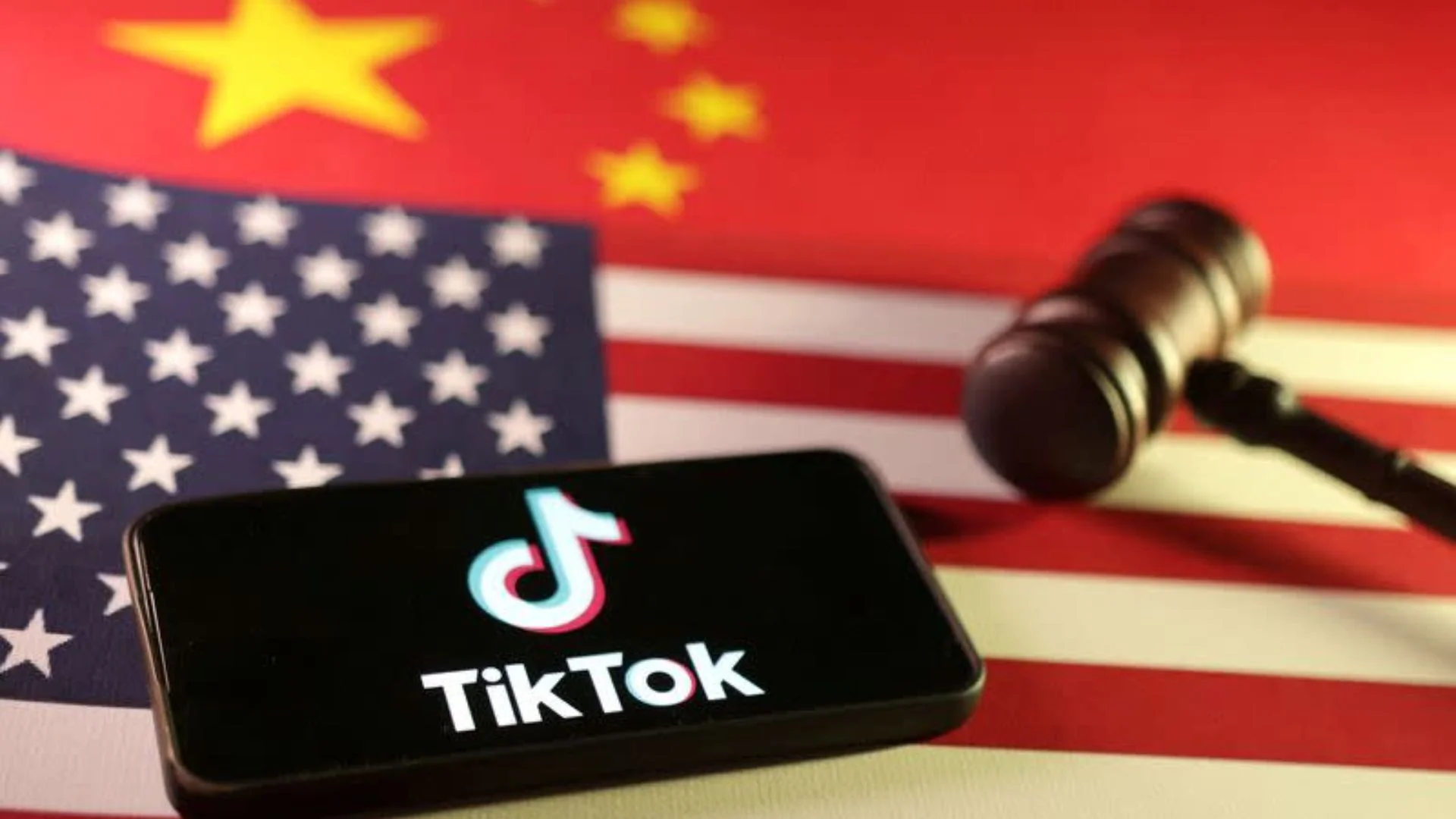Arun Lakhani, chairman and managing director of Vishvaraj Environment Private Ltd, recently had a conversation with NewsX under its special segment NewsX India A-List series. Lakhani spoke about India’s first and the largest PPP project on water reuse and recycling that was completed during the pandemic and winning accolades for it.
Talking about the ethos of the company and what does it stands for, Lakhani said, “We stand for the water sustainability as well as reuse and recycling of water. We believe that unless the fourth P that stands for ‘People’ into the PPP Model, particularly in the water sector which is one of the social sectors rather than a corporate one, is not included, we will not get adequate success. We believe that the reuse and recycling of water is a must for us and only by being aware of the same, we can become ‘Sujjlaam, Suflaam’ which our country has always been.”
Expressing gratitude for winning the FICCI Water Award 2020, he talked about the project that led the company to bag an honour like this, “We won the first prize in the FICCI National Competition. This project was 100% privately funded of 200 billion litres per day sewage treatment. So there is a plan of secondary treatment of 200 MLD out of which we have added a tertiary treatment and are selling 119 MLD of treated water to nearby thermal power stations. Now, what good it does to the society is that the freshwater that is being used by the thermal power stations, the same amount of 190 MLD is now available for the city for drinking purposes. This takes care of the upcoming generation and about 35 years of population growth of Nagpur. With this type of complete positive cycle, you treat the sewage and supply it to a non-portable use be it industrial or others. We take out the freshwater which we were using earlier for treatment. This cycle brought us into the competition.”
Talking about the procedure that the model entails, Lakhani underlined, “Every city that we supply water to, Nagpur for example, we supply 70 crores litre of water every day and 80% of this water comes back as sewage. So when around 500-600 crore litres of water comes back every day in the form of sewage, if you don’t treat it, then it goes on to contaminate the wells, lakes, streams, and rivers in the city. So when we treat the water, it not only saves the freshwater sources but this treated water can also be used in the industry. We treat the sewage and the treated water is pumped across the pipeline to the thermal power stations and they are stored in the freshwater reservoirs which eventually get transferred to the city for drinking purpose. It’s a total of 20 crore litres of water per day that is additionally available in Nagpur.”
When asked about the reason behind starting the Nagpur Rescue Project, he replied, “This started when water contamination became a serious issue in Nagpur. There were Public Interest Litigations around the matter and the court took cognisance of it and further laid out a ruling ordering the Municipal Corporations to start treating the sewage which further led to the announcement of the PPP project with public bidding. At that time when we entered the project, it was secondary treatment but we took it further and added the tertiary treatment as well seeking some help from Mahagenco, which is quite proactive and is a generation company of Maharashtra for power with their own power plant that was implemented a decade earlier. So they were familiar with the concept and when we approached them, they said they’d be happy to treat more sewage and help the environment.”
Elaborating on his plans of expanding the venture to different cities across India, Lakhani said, “We have been invited to so many forums in different cities. We are present across India, nearly in 20 towns in different sectors such as water distribution, water treatment, and sewage treatment. We are also on the list of top 50 companies in the world as per population and are serving around 80 lakh people in the country presently. We intend to expand the venture to many more cities with more investment.”
He further talked about the reason for water pollution in India, “In our country, management of water has been missing. We have always had an adequate amount of water and you’ll be surprised to know that out of 100 smart cities, 82 cities have enough water, with 130 LPD per person as per the international standards data. The management is missing because of water leakages and untreated sewage. We have 60 thousand million litres of sewage that is being generated in the country out of which 36 thousand is released without any treatment.”
Speaking about the government policies, Lakhani asserted, “This government has fortunately been very proactive. The Clean Ganges programme is one such example, where a hybrid annuity PPP model was suggested. Then there is also the ‘Jal Jeevan mission’ through which they are trying to reach every household with tap water. There is also one programme that the government will be funding, necessarily with the sewage treatment.”
On a concluding note, he emphasised the dire need for a policy that sheds light on newly integrated models, “We need a policy that clearly defines the PPP rules for the entrepreneurs as well as the government that give revenue separately. Like the one given in the Namami Ganga programme, where the central government has assured the payment which makes people interested in the sector.”
On being asked about the vision of the company, Lakhani responded, “With the complete understanding of the issues as well as the solutions, we are looking to expand in many more cities and towns where we would be able to invest. We plan to do more PPP models and hopefully, in the next couple of years, we would be in around 1 to 15 cities.”

